Uncategorized
-
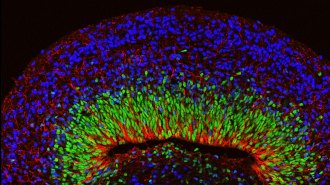 Health & Medicine
Health & MedicineHow personalized brain organoids could help us demystify disorders
Personalized clusters of brain cells made from people with Rett syndrome had abnormal activity, showing potential for studying how human brains go awry.
-
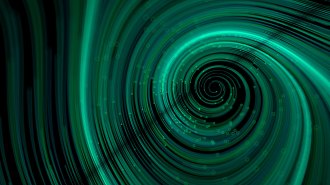 Physics
PhysicsNew ‘vortex beams’ of atoms and molecules are the first of their kind
Twisted beams of atoms and molecules join other types of corkscrew beams made of light or electrons.
-
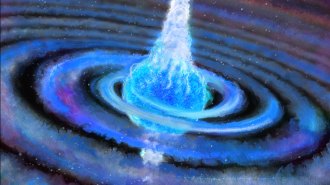 Cosmology
CosmologyAstronomers may have seen a star gulp down a black hole and explode
It took sleuthing through data collected by a variety of observatories to piece together the first firm evidence of a theorized cosmic phenomenon.
By Adam Mann -
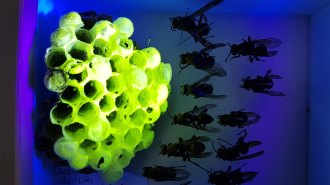 Animals
AnimalsSome wasps’ nests glow green under ultraviolet light
Some Asian paper wasps’ nests fluoresce so brilliantly that the glow is visible from up to 20 meters away.
By Nikk Ogasa -
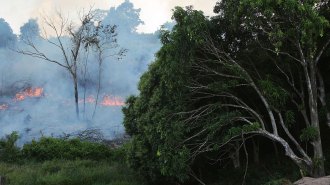 Life
LifeFires may have affected up to 85 percent of threatened Amazon species
Since 2001, fires in the Amazon have impacted up to about 190,000 square kilometers — roughly the size of Washington state.
By Jake Buehler -
 Anthropology
AnthropologyStone Age humans or their relatives occasionally trekked through a green Arabia
Hominids periodically inhabited ancient Arabia starting around 400,000 years ago when lakes temporarily formed as a result of monsoons, a study finds.
By Bruce Bower -
 Psychology
PsychologyPerspective-changing experiences, good or bad, can lead to richer lives
Happiness or meaning have long been seen as keys to the “good life.” Psychologists have now defined a third good life for people leading rich psychological lives.
By Sujata Gupta -
 Astronomy
AstronomyHow radio astronomy put new eyes on the cosmos
A century ago, radio astronomy didn’t exist. But since the 1930s, it has uncovered cosmic secrets from planets next door and the faint glow of the universe’s beginnings.
-
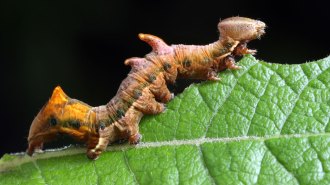 Animals
AnimalsStreetlights, especially super bright LEDs, may harm insect populations
Greenery under streetlights housed half as many caterpillars as darker areas did, researchers found.
-
 Health & Medicine
Health & MedicineThese charts show that COVID-19 vaccines are doing their job
COVID-19 shots may not always prevent infections, but for now, they are keeping the vast majority of vaccinated people out of the hospital.
-
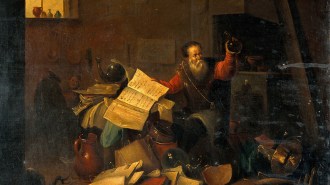 Science & Society
Science & Society‘On the Fringe’ explores the thin line between science and pseudoscience
In his latest book, historian Michael Gordin surveys astrology, eugenics and other fringe movements to show how challenging it is to define pseudoscience.
-
 Astronomy
AstronomyNew ideas on what makes a planet habitable could reshape the search for life
New definitions of “habitable worlds” could include planets with global oceans under a steamy hydrogen atmosphere or exclude ones that started out habitable but lost all their water.